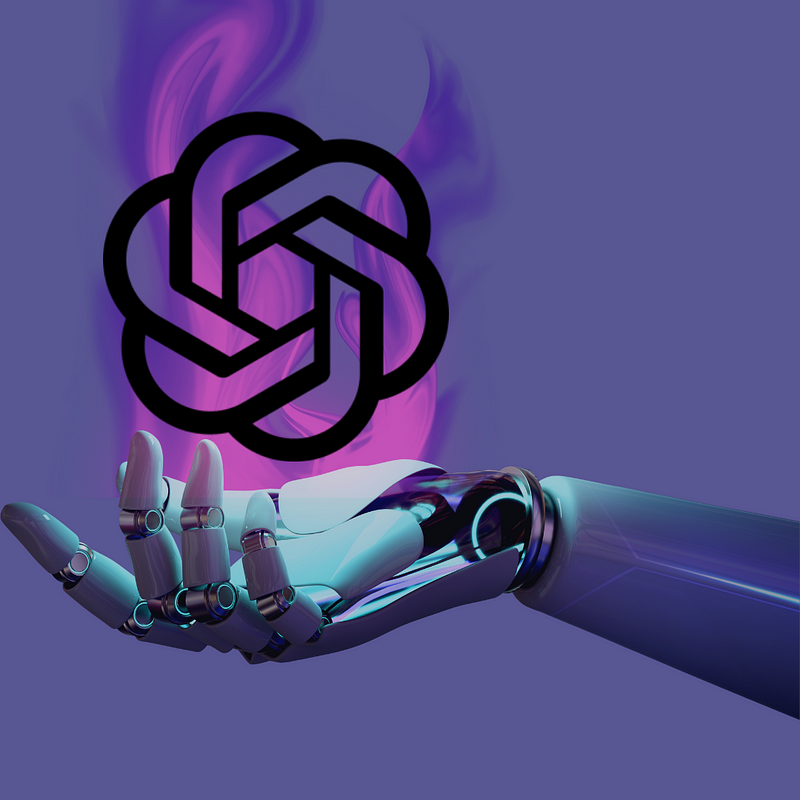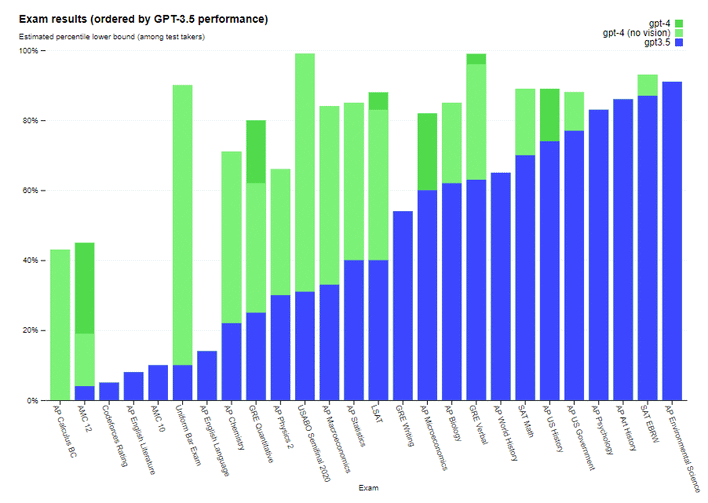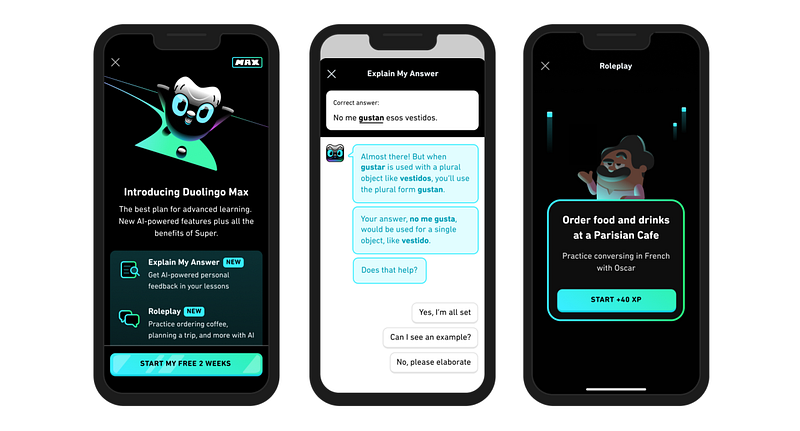Exploring GPT-4: The Next Evolution in AI Language Models
Written on
Chapter 1: Introduction to GPT-4
The realm of artificial intelligence is in a state of continuous evolution, and among the most thrilling advancements in recent years has been the emergence of language models such as the GPT series. GPT-3, which debuted in 2020, was celebrated as a groundbreaking achievement in natural language processing and machine learning. Now, the latest version, GPT-4, has made its debut.

What is GPT-4?
GPT-4 (Generative Pre-trained Transformer 4) is the fourth version of OpenAI’s highly acclaimed GPT language models. Like its forerunners, GPT-4 is a deep learning-based natural language processing (NLP) model, capable of training on extensive datasets to produce coherent and meaningful text.
Key Features of GPT-4
One of the standout features of GPT-4 is its ability to process visual information. Users can now upload images directly into the model, allowing it to generate captions, classifications, and analyses based on the visual input. This capability holds vast potential across various sectors, from e-commerce to healthcare. For instance, uploading a photo of a skin rash might yield a rapid diagnosis and treatment recommendation. Alternatively, snapping a picture of your refrigerator could provide recipe suggestions based on available ingredients.
Additionally, GPT-4 now has the ability to interpret memes and clarify their meanings.

Another remarkable upgrade is in its reasoning and brevity, making it a superb tool for handling complex tasks that require intricate reasoning or detailed instructions. It can manage over 25,000 words of text, making it suitable for drafting blog articles and long-form content. Furthermore, it can collaborate with users on creative endeavors, such as songwriting or screenplay writing.
How GPT-4 Compares to Previous Models
According to information on OpenAI's GPT-4 page, the improvements are substantial. For example, ChatGPT scored in the 10th percentile on the uniform bar exam, while GPT-4 achieved the 90th percentile. In the biology Olympiad, ChatGPT was in the 31st percentile, whereas GPT-4 reached the 98th percentile. These figures clearly indicate that ChatGPT-4 marks a significant leap in natural language processing capabilities.

However, like any technology, GPT-4 has its limitations. It may face challenges with specific tasks, and there remains the potential for biased or inaccurate outputs. Nevertheless, the introduction of GPT-4 is an exhilarating advancement that holds the promise of transforming communication, learning, and work.
GPT-4 is currently available for exploration to Chat GPT Plus members, while API access is subject to a waitlist. Notable clients, including Microsoft Bing, Duolingo, and major banks, are already utilizing it in production to mitigate risks.

Conclusion
In summary, the launch of GPT-4 signifies an exciting milestone in the development of AI language models. With its enhanced size, complexity, and functionality, GPT-4 is set to redefine the possibilities within NLP, facilitating innovative applications across various fields. However, it also brings forth crucial ethical and societal considerations that must be thoughtfully addressed as this technology progresses.
Thanks for Reading,
If you found this article insightful, please consider giving it a clap or following for more content. Additionally, you can join my email list to stay updated on future articles.
Check out these videos to learn more about AI and its limits:
Redefining the Boundaries of Artificial Intelligence & GPT-4 | Clemens Mewald - YouTube
The limits of AI and ChatGPT: the common sense problem - YouTube
Explore my other articles related to AI and ChatGPT:
How AI is Creating Millionaires
Discover the various ways you can leverage AI to build wealth during this technological boom.
3 Ways to Make Money with ChatGPT
Learn how to capitalize on the growing trend of ChatGPT and its various applications.
Discover the AI Revolution: 7 Must-Know Tools in 2023
Uncover AI tools that make processes easier, faster, and more efficient.